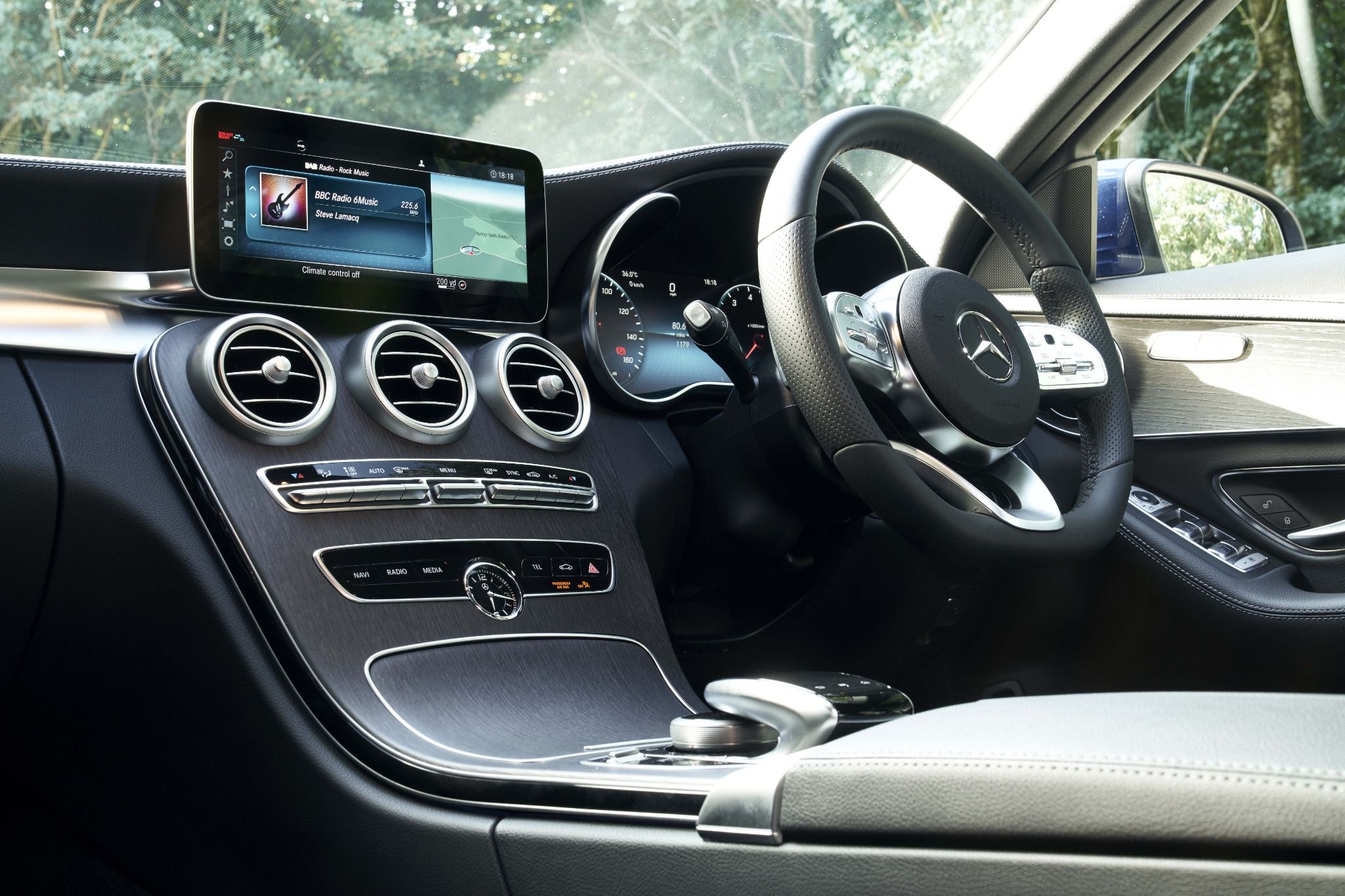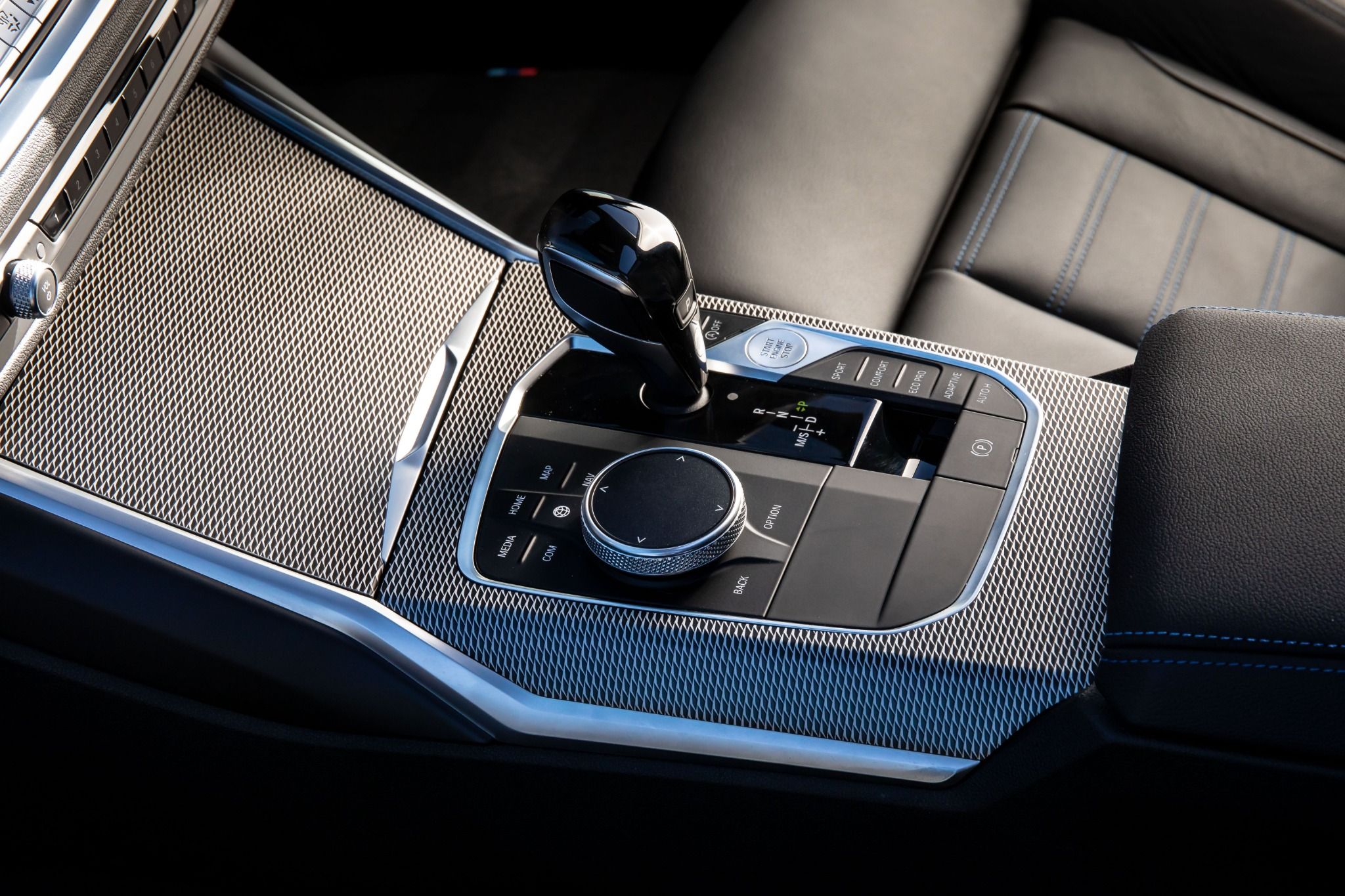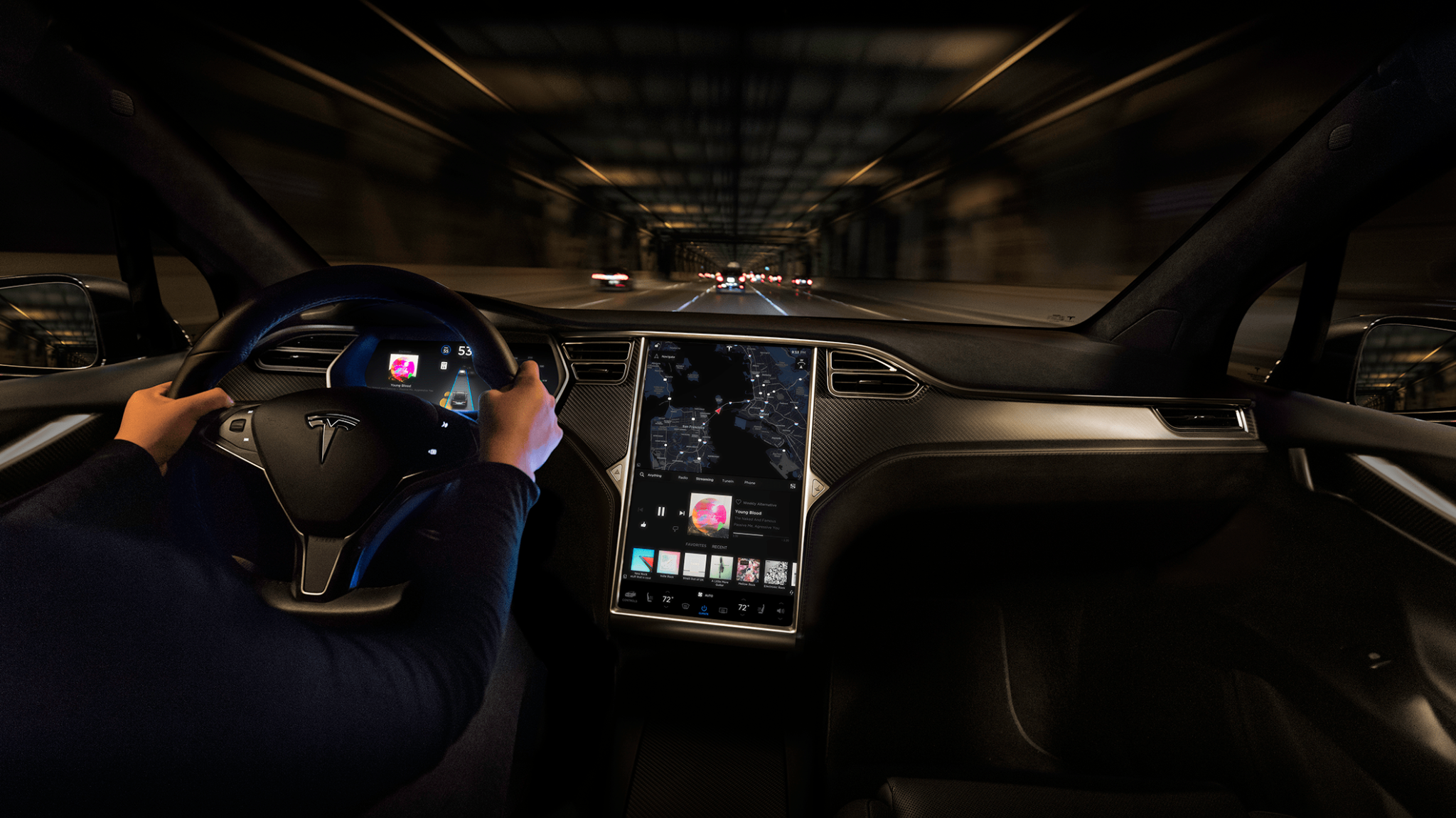Infotainment systems are some of the most desirable features of modern cars. A portmanteau of the words ‘information’ and ‘entertainment’, these devices arguably date back decades to earlier in-car stereo systems. However, the term really came into use with the modern generation of in-car entertainment – namely, large-screened devices that offer multiple ways to interact with, listen to or monitor your data.
In essence, then, while your car in the ‘90s may have had a tape desk or a CD player, your car in 2019 will likely have the equivalent of a home computer slotted into the dashboard. But what can these systems do, and how do they work?

What can an infotainment system do?
Infotainment systems aim to offer, as the name suggests, a huge array of informative and entertaining functions. Some of these include:
Music playback. Though physical media such as CDs are being phased out, most infotainment systems will offer AM/FM and DAB radio, auxiliary connectivity, USB playback and even online music streaming.
Satellite navigation. Often an optional extra, and several manufacturers are ditching it in favour of…
Smartphone mirroring. Compatible with Apple iPhone or Android devices, these systems use a connected smartphone to replace the car’s own interface and provide infotainment functions, including sat-nav.
Camera monitoring. Reversing cameras are almost par for the course now, but many models offer a surround-vision array of cameras for a full 360-degree view of the car.
Internet access. Gives access to connected services such as weather, traffic information or even petrol prices, and can also include a WiFi hotspot for passengers to use.
Vehicle settings. The complex systems around a vehicle can often be modified through the car’s infotainment system.
Driving data. Trip computer information can be expanded on in the larger display of an infotainment system.

How do you interact with an infotainment system?
Different manufacturers have different ideas on the best way to use infotainment. The majority of cars use a touchscreen display – sometimes paired with a few buttons to access the core functions more quickly. These have the advantage of being easy to integrate and self-explanatory to operate, but some argue that it involves taking your eyes off the road for too much time.
Some employ rotary dials to control the display, however, with the likes of BMW and Audi both utilising a more hands-on approach to infotainment.
Many incorporate some type of voice recognition too, though these vary in effectiveness between manufacturers. Some are even experimenting with gesture controls.
Will an infotainment cost me more?
The answer is mixed – sometimes yes, and sometimes no. It depends on the car and the company that makes it. A lot of cars get infotainment thrown in as standard today, but prestige companies such as Porsche and Mercedes will require a bit of extra cash to secure their best systems. You can even upgrade to extra widescreen versions, which blend the dials ahead of the driver and the main screen into one, sweeping display.
